Intro
Learning and understanding body type in Rex and other commercial animals is complex and requires time and experience breeding, posing and showing animals to fully grasp. If there were one easily defined way to breed the perfect animal then everyone would be doing it. There is a basis of knowledge that you should learn so that you can properly name and identify the parts of a rabbits body type, but understanding how two rabbits’ attributes will mix when breeding is a different level of understanding. So the first thing to do is to learn to identify the different attributes of Type and commit to memory what the ideal body looks like so then you can begin to identify which attributes are correct, and which are faults that don’t conform to the ideal and should be corrected.
How do i find a breeder?
Finding reputable breeders may not always be easy. Some parts of the country have a higher concentration of specific breeds more so than others. Here are a few places to start that aren’t Craigslist! Firstly, check for registered rabbit breeders listed by the National breed club. For Rex, this will be https://www.nationalrexrc.org/breeder-directory. Another place to check will be the breed sweepstakes. This is a yearly ranking of points earned by attending sanctioned ARBA shows. Just remember that this is only for the last year and may not include a lot of larger breeders that may not have been as active - or for many big breeders that only show at Nationals and Convention. Here is the sweepstakes posting - https://www.nationalrexrc.org/sweepstakes. The best way is going to be actually attending a show and meeting the local breeders in person. When you’re at the show, find the check-in table and ask them who the biggest breeder is. They are going to know! Here’s where you can search for shows - you’re searching for an All-Breed show that isn’t a Fair - https://arba.net/show-search/. Last resort, you can join Facebook groups that pertain to your breed and ask in a post. Just be weary because you’ll find a lot of low-quality breeders this way as well. You want to find someone who has a well-known reputation from more than one person.
BEWARE! Breeders that won’t send you 360 pictures. Breeders that can’t tell you what the animal’s strengths and weaknesses are. Breeders that don’t personally show their rabbits - “coming from show lines” or “other people show my sales and win” DOES NOT COUNT.
What should i look for in a rabbit if im new?
For beginners, people often ask what should I look for when purchasing a show-quality Rex. This can be a difficult question because even if I told you specifically what to look for you’re likely not going to completely understand and be able to identify specific attributes yet. Instead, the best way to go about looking for your first rabbits are some general rules: 1) you should find a rabbit that looks smooth and not angular 2) The rabbit should be in good body condition. They should be firm and meaty in body when you grab them. Excessively fleshy, thin-furred, thin-eared, hollow rabbits is what you should be avoiding.
Identifying Ideals and Terminology
Something to remember when using diagrams and pictures is that you’re looking at a flat image. It’s important not only to be able to understand the parts of the body but also to wrap your head around what that translates to in a 3D image - Where do the parts of a topline match up with the same parts when looking at the rabbit from above and behind? Seeing rabbits in person is ideal, but in today’s atmosphere that’s not always possible so it’s good to develop the eye for evaluating via pictures as well.
The other thing to note is that everyone’s interpretation of what is “ideal” may differ slightly. The rabbits being produced today look very different than 30 years ago and some breeds are older and more developed than others. The rabbits today look different though, not because the Standard itself has changed, but rather because the breed continues to move closer to that Standard. However, people still breed what they like. That being said, the diagram below is the most widely accepted ideal and will perform better at shows than any old-style body.
What varieties can i breed together?
Every breeder is going to have their own set of ideals and ethics when it comes to breeding certain varieties together. When you understand genetics, nothing is off-limits; however, there are certain varieties that many breeders may not want undesirable recessives hiding - often because they may produce unshowable colors or genetic faults. Here are some suggested groups of varieties that are genetically compatible. This is of course a general gauge and just remember many breeders may take this list and further restrict it.
The A-Locus Group - Castor, Opal, Amber, Lynx, All four colors of Otter, Black, Blue, Chocolate, Lilac, White, and Broken. Any combination of these colors are acceptable.
The Chin Group - Chinchilla, Black, Seal (the genetic self chin type, see Shaded Genetics page for details), Castor, Broken and White
The Shaded Group - Seal (the true genetic seal type), Sable, Californian, Black, and White.
The Red Group - Red, Castor, Amber, Tri and Broken. (You could add other varieties into this group to help expand the quality gene pool available however due to the chance of getting unshowable variations I have chosen to leave them out of this list).
The Agouti Tri Group - Tri, Red, Castor, Opal, Amber, Lynx, and Broken.
The Self Tri Group - Self or Otter Based Tri, all four colors of Otter, Black, Blue, Chocolate, Lilac and Broken. NO RED in this group.

